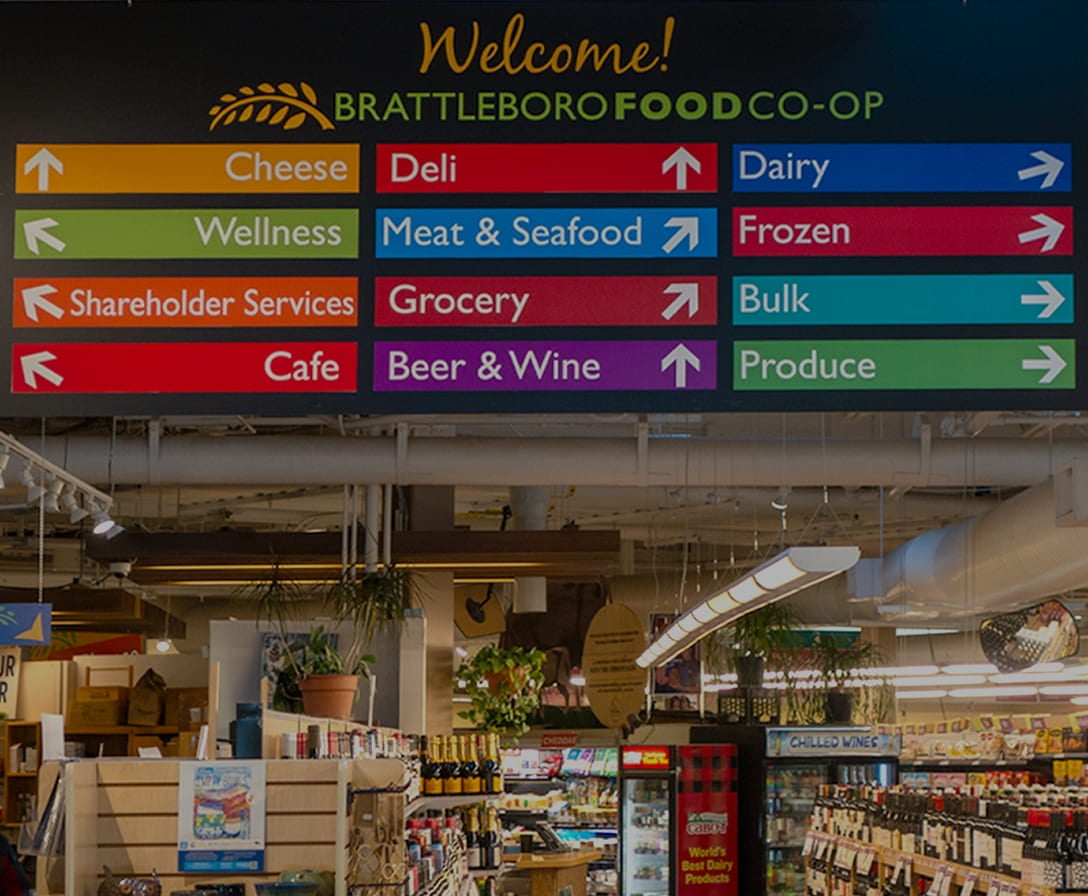Its All About the Food: Apples
I am always grateful when the first apples of the season are ripe and ready to enjoy. Every year by late summer, I am anxiously waiting for the new apple crop to be harvested. In spite of the all the other fruit choices available during the summer season, I feel a void in my diet without a crisp delicious apple—nothing hits the spot like a tart early local apple! I eat one every day when they are available. Some of my favorite early varieties are Paula Red, Ginger Gold, Zestar, and Sansa. And of course the choices don’t stop with those—there will be many more to choose from, along with all of the heirloom apples that have such unusual and fabulous names.
The apple is a member of the rose family, Malus domestica. The original apple tree was reported to have been grown in the mountains of Kazakhstan in Eastern Europe. Apples traveled to the rest of Europe and Asia via the many travelers who passed through the region. Over the last hundreds of years, thousands of hybrids and cultivars of apples have been developed through various mechanisms, including the grafting of trees or the simple planting of seeds. The apple came to this country via the early colonists and the Pilgrims in the early 1600s. Most of the apple trees that were brought from Europe did not survive the hard New England winters so the early colonists planted seeds from the fruits that they had brought with them and many new varieties were introduced in this country and spread along Native American-traded routes. It has been said that a seed of one variety, when planted, will often bear something different. John Chapman, also known as “Johnny Appleseed,” was a key person involved in spreading apple seeds all across the country. Today it has been estimated that there are between seven and eight thousand different varieties of apples. Most of the apples grown in the world are from China but the U.S comes in second, followed by Italy and France. Apples have been growing in Vermont since the 1700s. Most of the early orchards were along Lake Champlain and then spread to other parts of Vermont. Today the area around Brattleboro has several large orchards as well as many small ones, so we have an abundance of apples to choose from, both traditional and heirloom varieties. Vermont is home to the McIntosh apple, which makes up almost 70% of all apples grown here, because the tree is well suited for Vermont’s long cold winters. One large local orchard, Scott Farm, has about 90 varieties of heirloom apples, thanks to the dedication of orchardist Ezekiel Goodband, who researched and brought back to life many antique and long-forgotten apples from Vermont and all over the world.
This popular fruit has many nutritional attributes. First and foremost there is a lot of evidence showing that the plant compounds in apples can help regulate blood sugar levels in a variety of ways, including the slowing down of carbohydrate absorption, lowering the rate of glucose absorption, and stimulating the pancreas to release more insulin, which in turn rids the blood of glucose. Apples have also been shown to have cardiovascular benefits due to their impact on elevated blood-fat levels. Apples provide a significant source of fiber. Studies show that people who consume apples right before a meal have a decreased caloric intake. Promising research also shows that apples are protective against the incidence of cancer—lung cancer specifically. Regular intake of apples has been shown to reduce the risk of asthma, too. Keep in mind all these attributes are only based on eating the whole apple, not applesauce or apple juice. Most of the special plant compounds—the polyphenols—are found right underneath and on the skin, so intake of the whole apple is crucial. Buy organic or low-spray apples, or apples that are grown using integrated pest management whenever possible to limit pesticide residues, since apples are listed in the “Dirty Dozen” list compiled by the Environmental Working Group.
Your choice of apple depends on your own personal taste, but by all means try the vast varieties out there, especially when they are available freshly picked (or pick-your-own). I judge an apple by its tartness, taste, and crunchiness, so if an apple is soft, it’s best for cooking, not eating out of hand. Some of my favorite cooking apples are Empire and Cortland, but there are several delicious heirloom varieties—it’s so hard to choose. I love the names of the heirlooms since they refer back to where and when they came from. Some of the most evocative are: Esopus Spitzenburg, Ashmead’s Kernel, Sheep’s Nose, Maiden Blush, Cox’s Orange Pippin, Grimes Golden, and the very small Pitmaston Pineapple.
To keep them as crisp and fresh as possible, store apples in the refrigerator.
By Chris Ellis, Staff Nutritionist
About Producer of The Month

Shop Online

On Sale Now!

